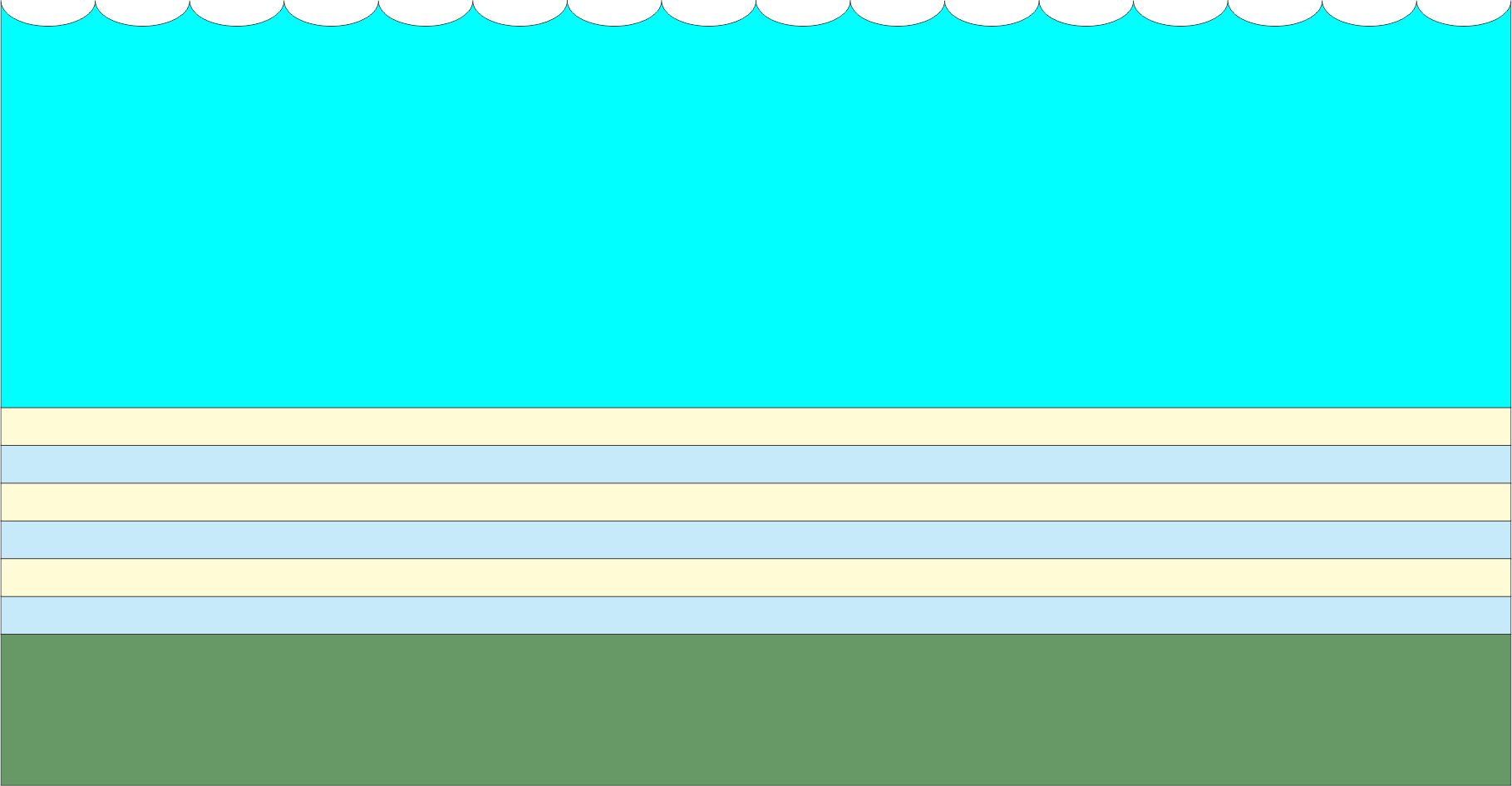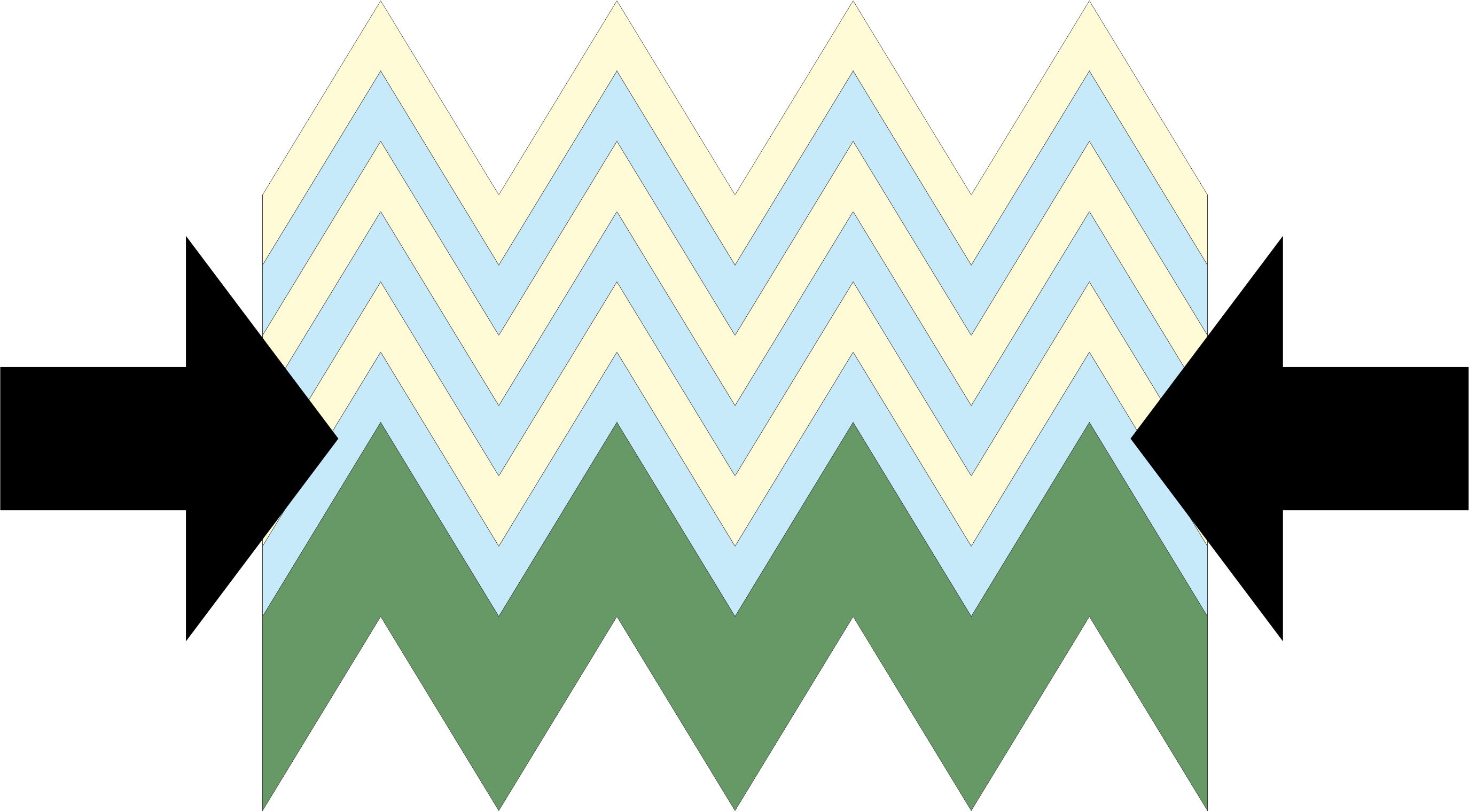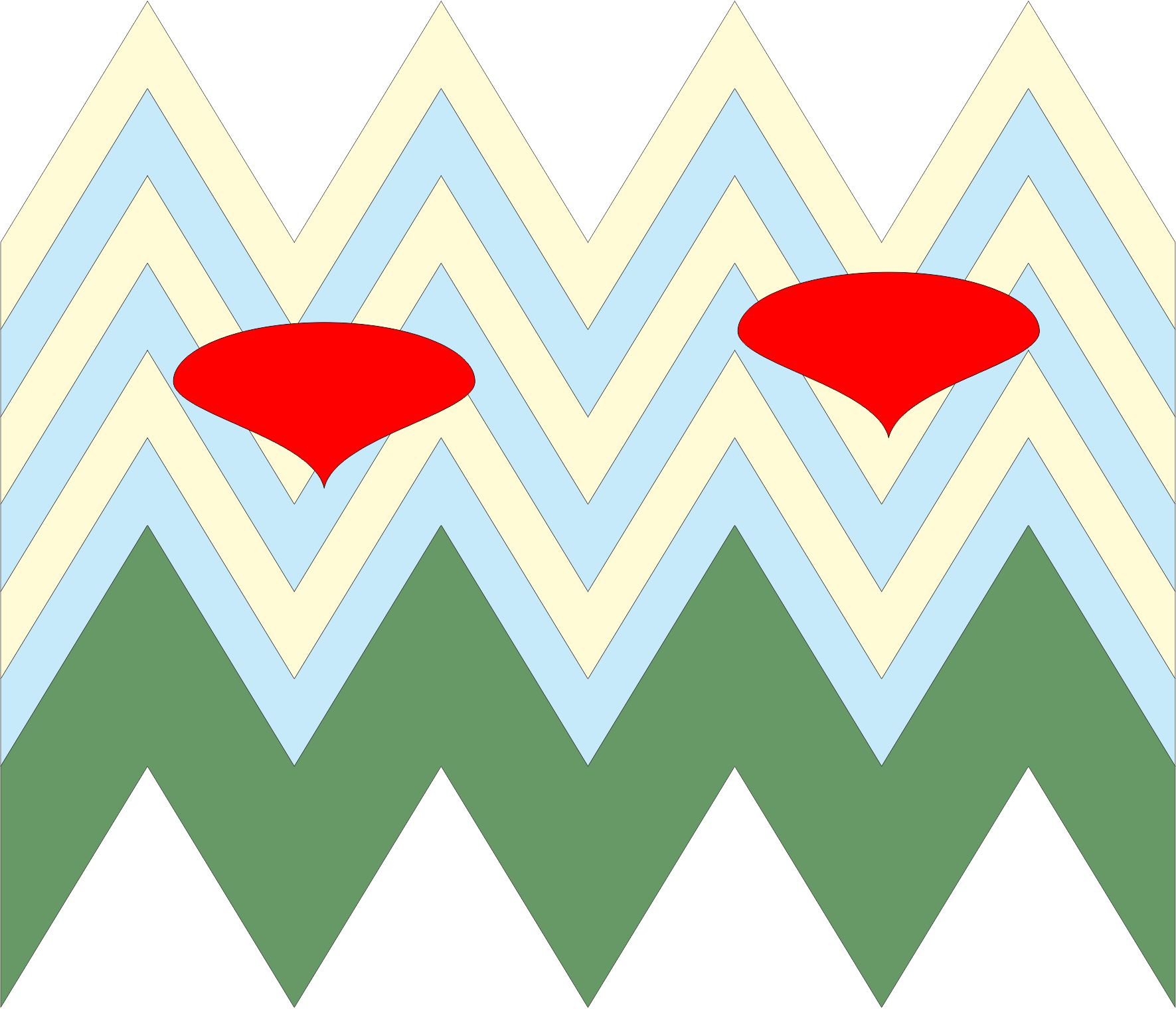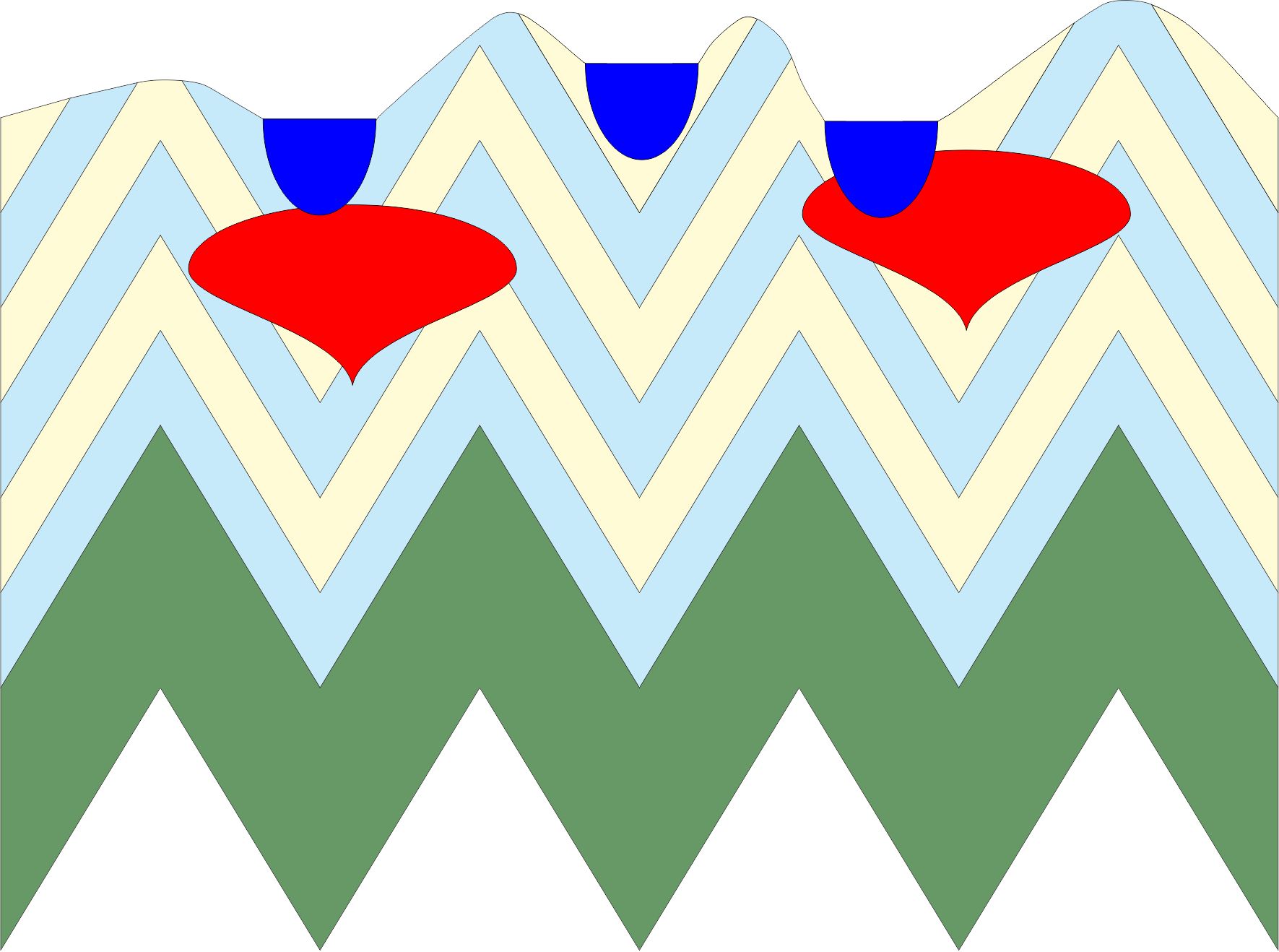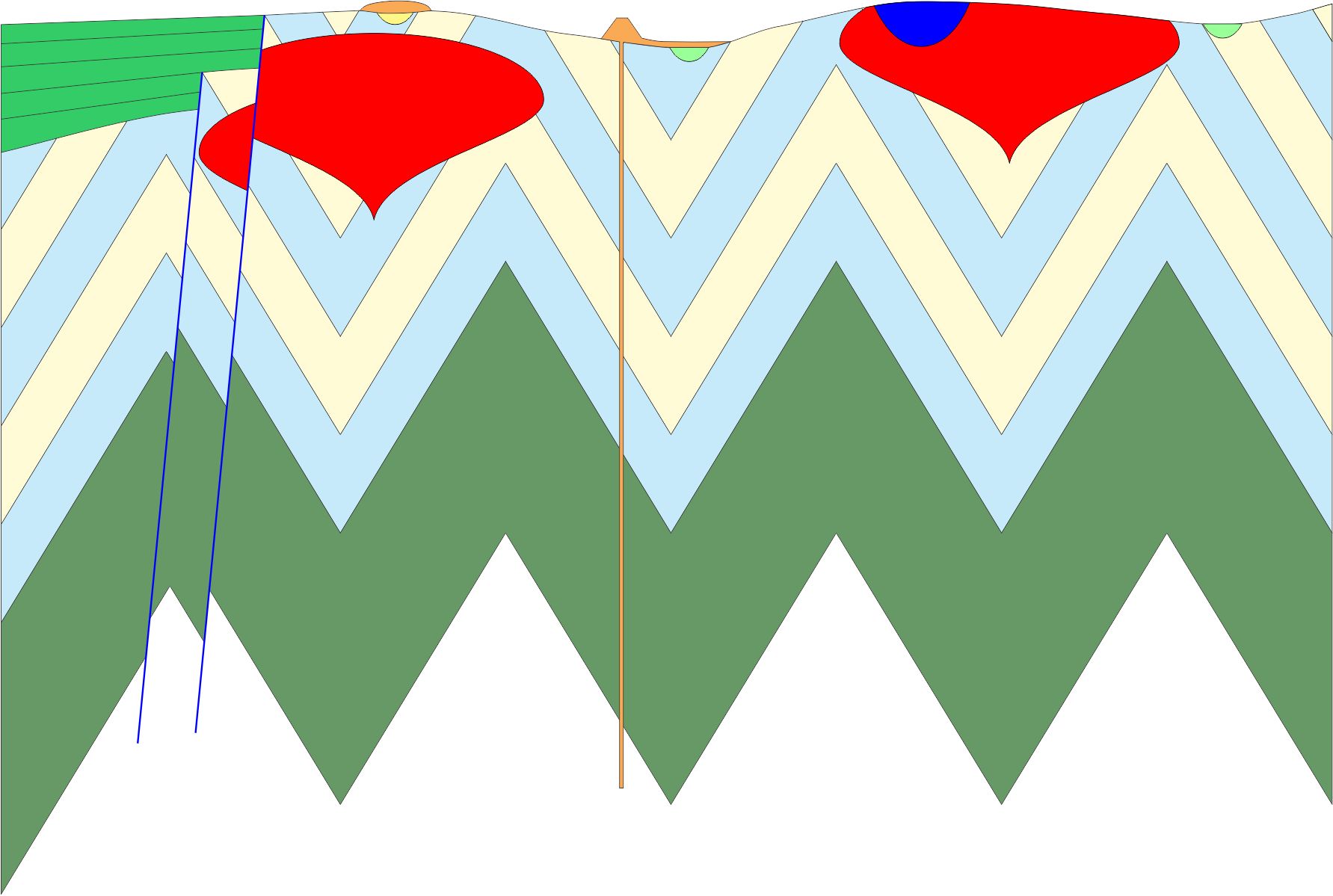Geological evolution of Victoria
This is a very simplified, generalised depiction of the major rock-forming events in Victoria.
Geological time scale

Victorian rocks are mostly Phanerozoic in age so formed late in the earth’s history. There are virtually no examples of Precambrian rocks that represent the first 4,000,000,000 years of the earth’s history. By volume and aerial extent (although much is under thin cover), the predominant rocks in Victoria formed during the Ordovician.
Cambrian-Ordovician
|
Silurian-Devonian
|
Devonian
|
Permain
|
Cretaceous-Recent
|
